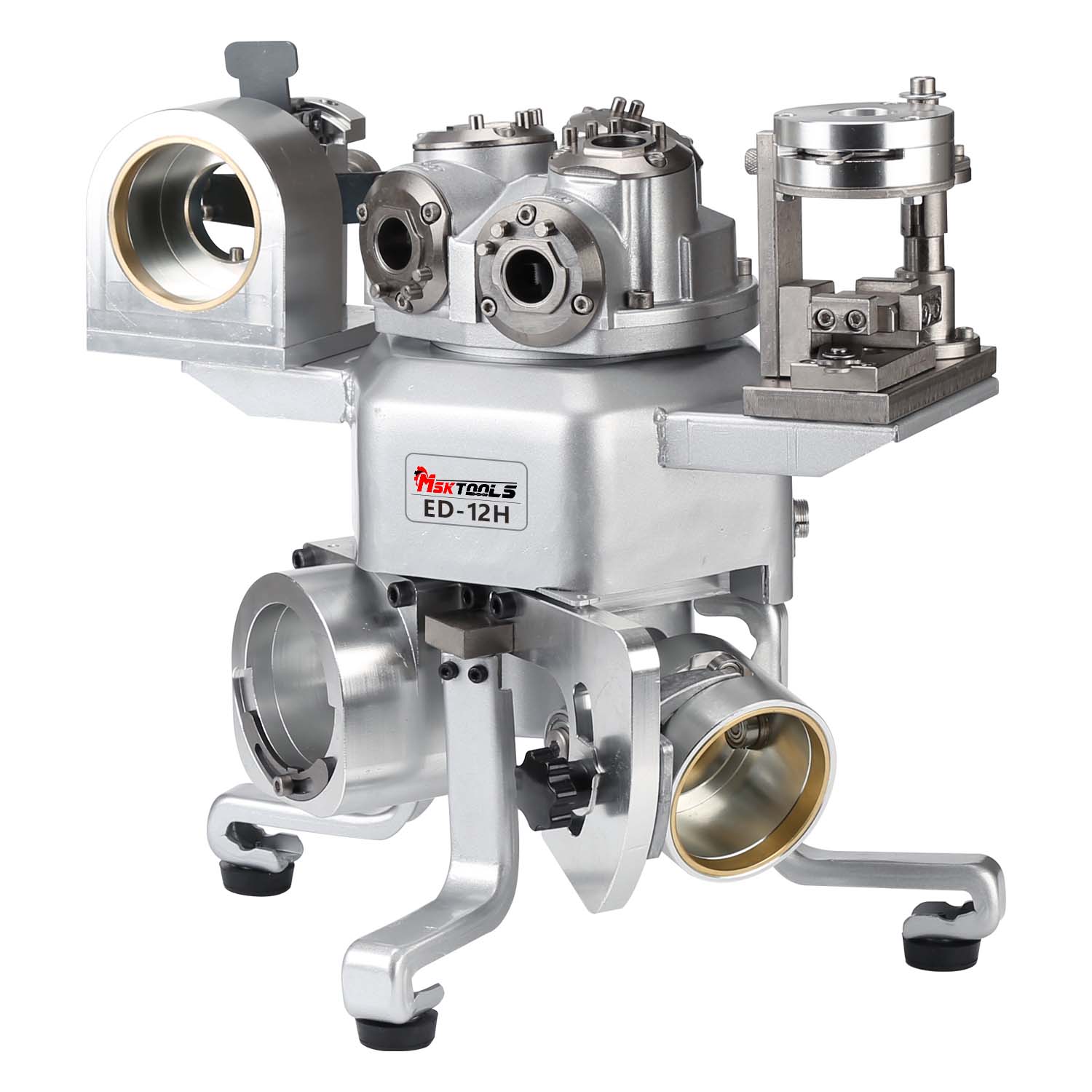Grinding is a critical process in the manufacturing and metalworking industries. It involves reconditioning the cutting edges of end mills, which are important tools in milling and machining operations. To achieve precise and efficient cutting, end mills need to be regularly sharpened using specialized equipment such as drill sharpeners or end mill sharpeners.
End mill sharpening is important as it directly affects the quality and accuracy of the machining process. A dull or worn end mill can lead to poor surface finish, dimensional inaccuracies, and increased tool wear. Therefore, investing in a high-quality end mill sharpener is essential to maintain the performance and life of your end mill.
One of the main benefits of using a dedicated end mill sharpener is the ability to restore the original geometry and cutting characteristics of the end mill. These machines are designed to precisely grind the flutes, cutting edges, and surfaces of the end mill, ensuring that its sharpness and cutting efficiency are restored. This level of precision is difficult to achieve with manual sharpening methods, so a dedicated machine must be used to achieve consistent and reliable results.
When choosing a drill sharpener or end mill sharpener, it is important to consider factors such as the machine's capacity, accuracy, and ease of use. Modern tool sharpeners are equipped with advanced features such as digital control, automatic tool positioning, and multi-axis grinding capabilities to efficiently and accurately sharpen a wide range of end mill sizes and types.
In addition, the sharpening process itself plays a vital role in determining the performance of an end mill. Proper sharpening involves removing the minimum amount of material required to restore the cutting edge while maintaining the original geometry and rake angle. This requires a high degree of control and precision, which can be achieved by using a specialized end mill sharpener.
In addition to repairing worn end mills, sharpeners can be used to customize the cutting characteristics of an end mill to meet specific machining requirements. By adjusting parameters such as rake angle, helix angle, and edge geometry, machinists can optimize the performance of an end mill for different materials and cutting conditions. This level of customization improves cutting efficiency, tool life, and surface finish quality.
Another advantage of using a dedicated end mill sharpener is cost savings in the long run. Instead of constantly replacing worn end mills, sharpening can significantly extend the life of the end mill and reduce overall tooling costs. This is especially beneficial in high-volume production environments where end mills are used extensively.
It is important to note that proper training and maintenance are essential to maximizing the benefits of an end mill sharpener. Operators should be trained in proper sharpening techniques and safety procedures to ensure consistent and reliable results. Additionally, the machine requires regular maintenance and calibration to maintain its performance and accuracy.
In summary, end mill sharpening is a critical aspect of maintaining the performance and life of end mills in the manufacturing and metalworking industries. Investing in a high-quality drill sharpener or end mill sharpener is essential to achieving precise, efficient sharpening results. By utilizing advanced sharpening technology, machinists can restore the cutting edge of an end mill to its original sharpness, adjust its cutting characteristics, and ultimately improve the entire machining process.
Post time: Sep-03-2024



